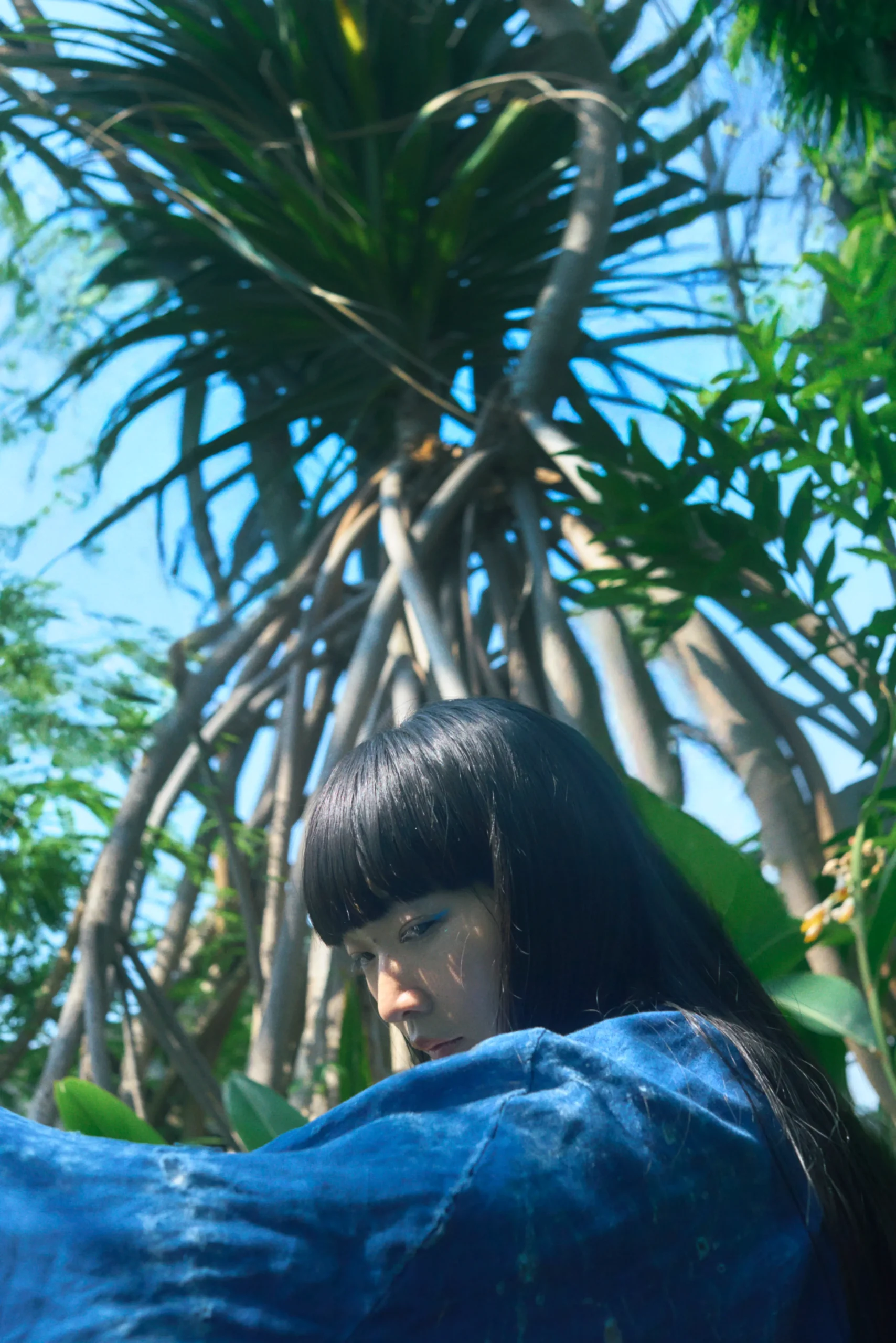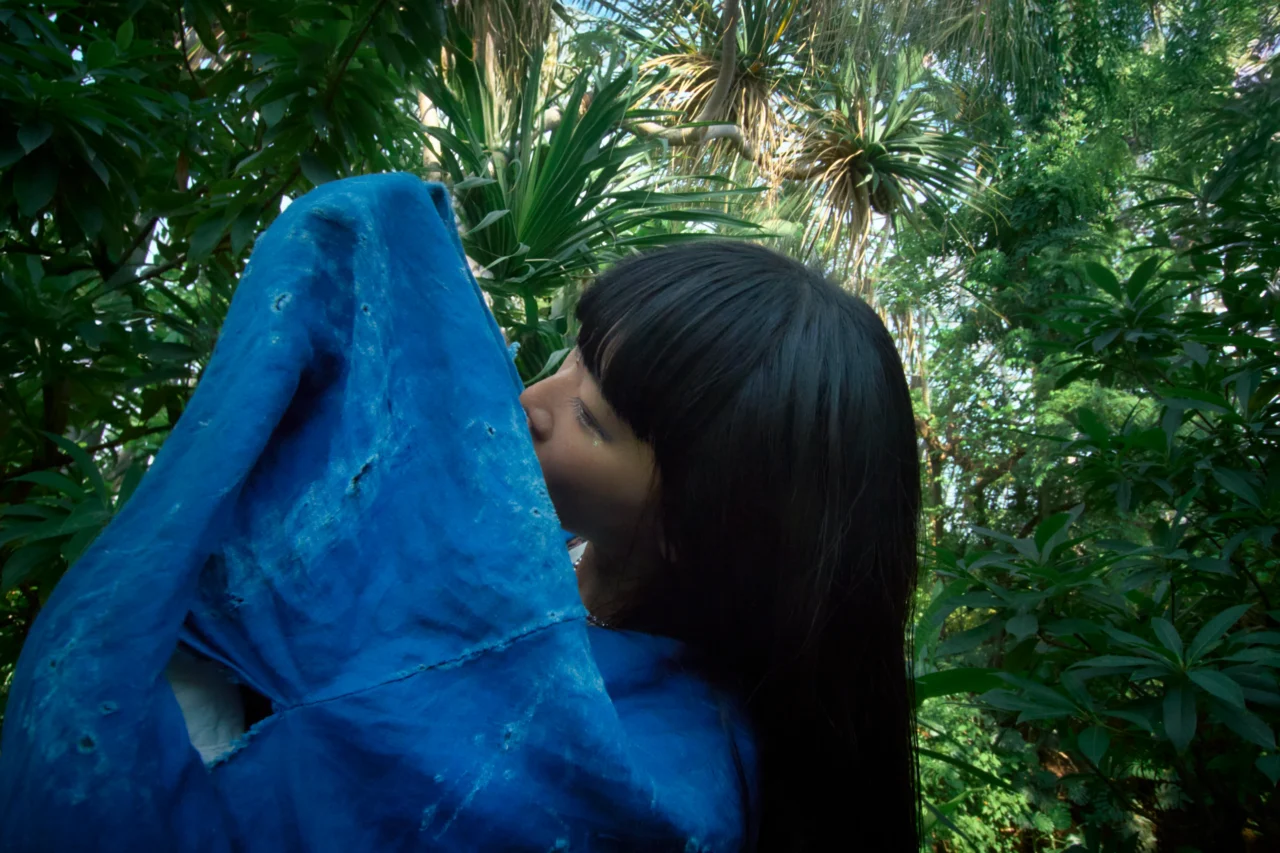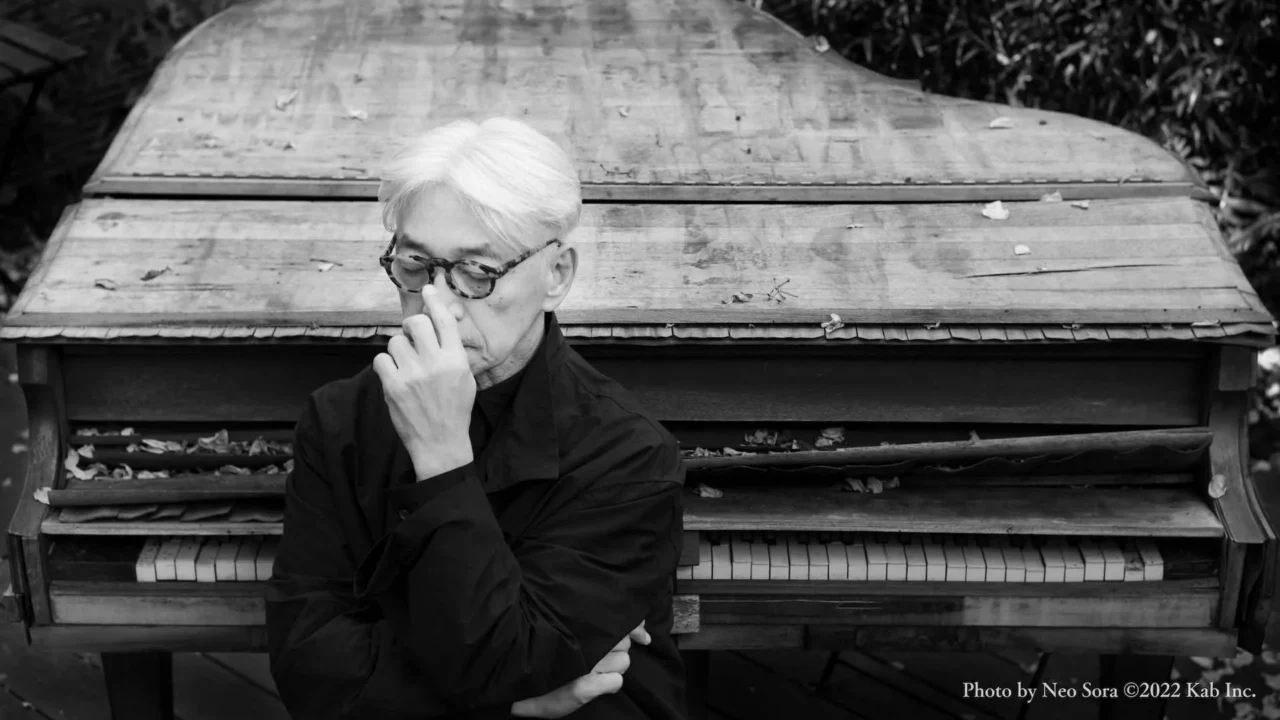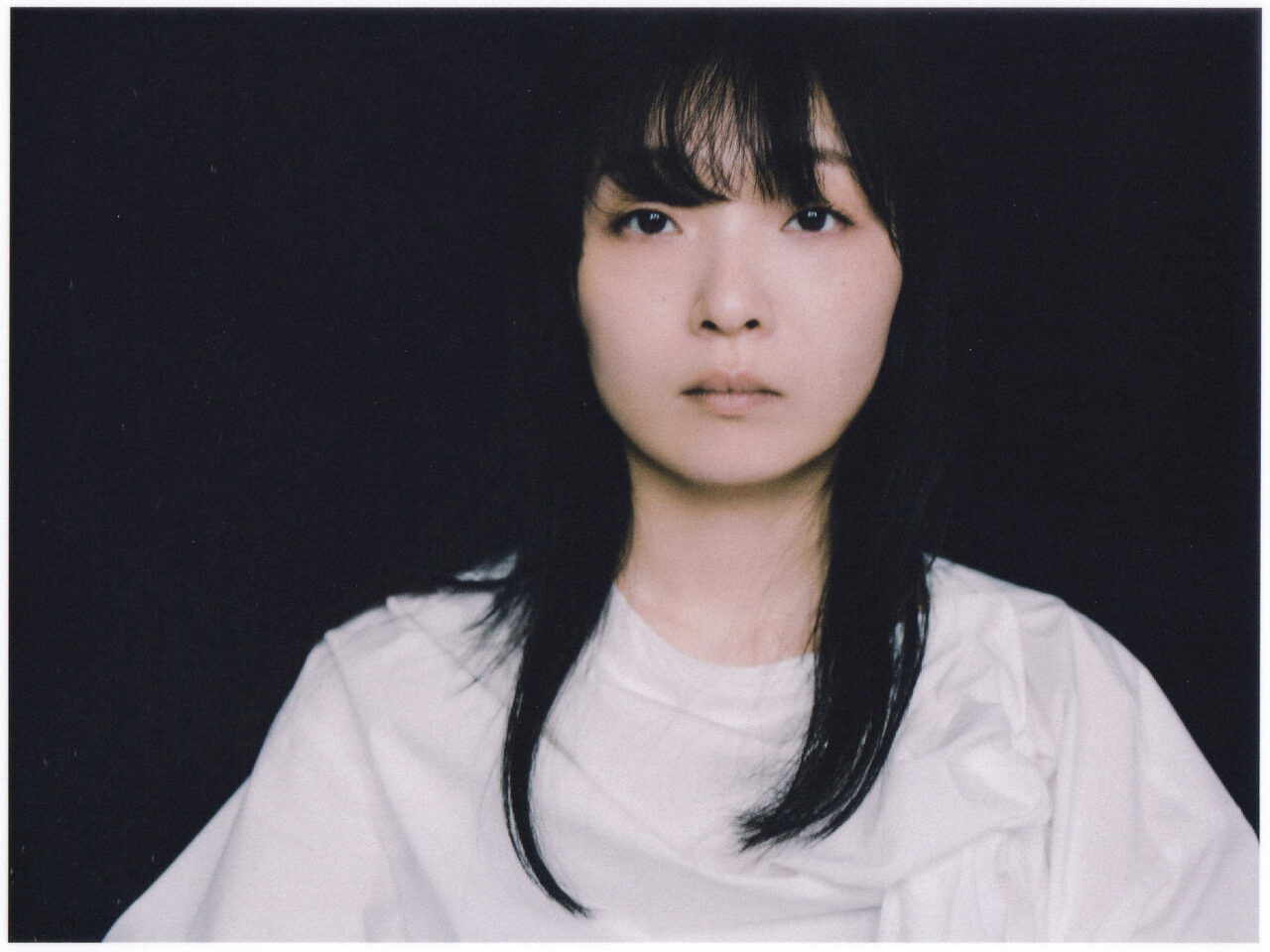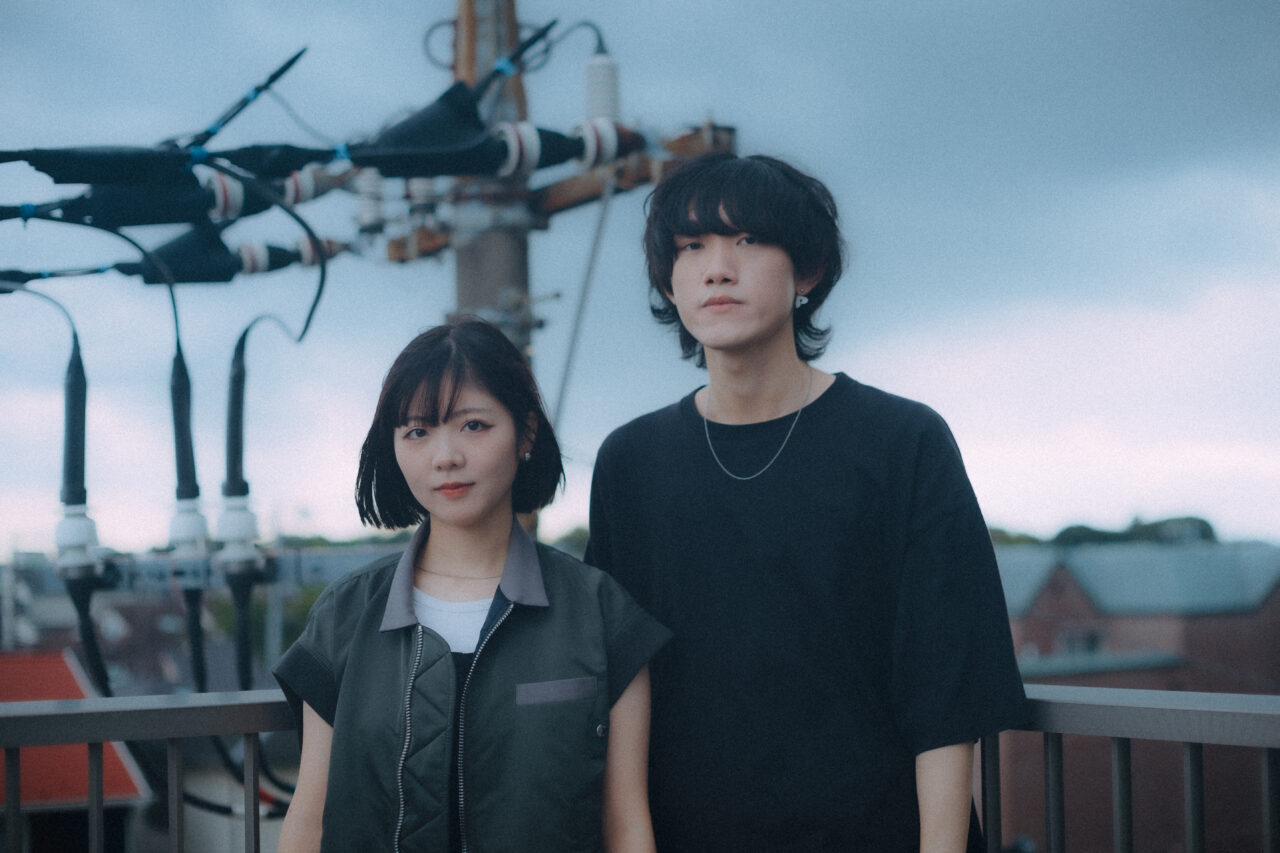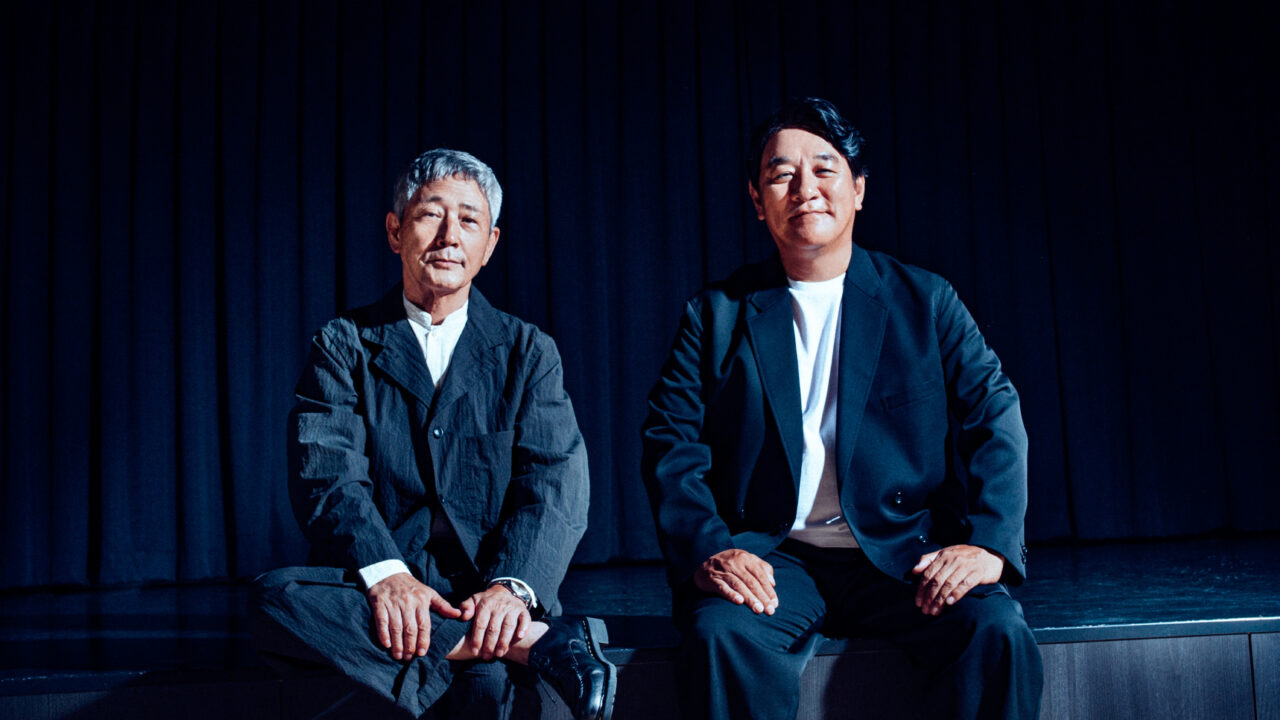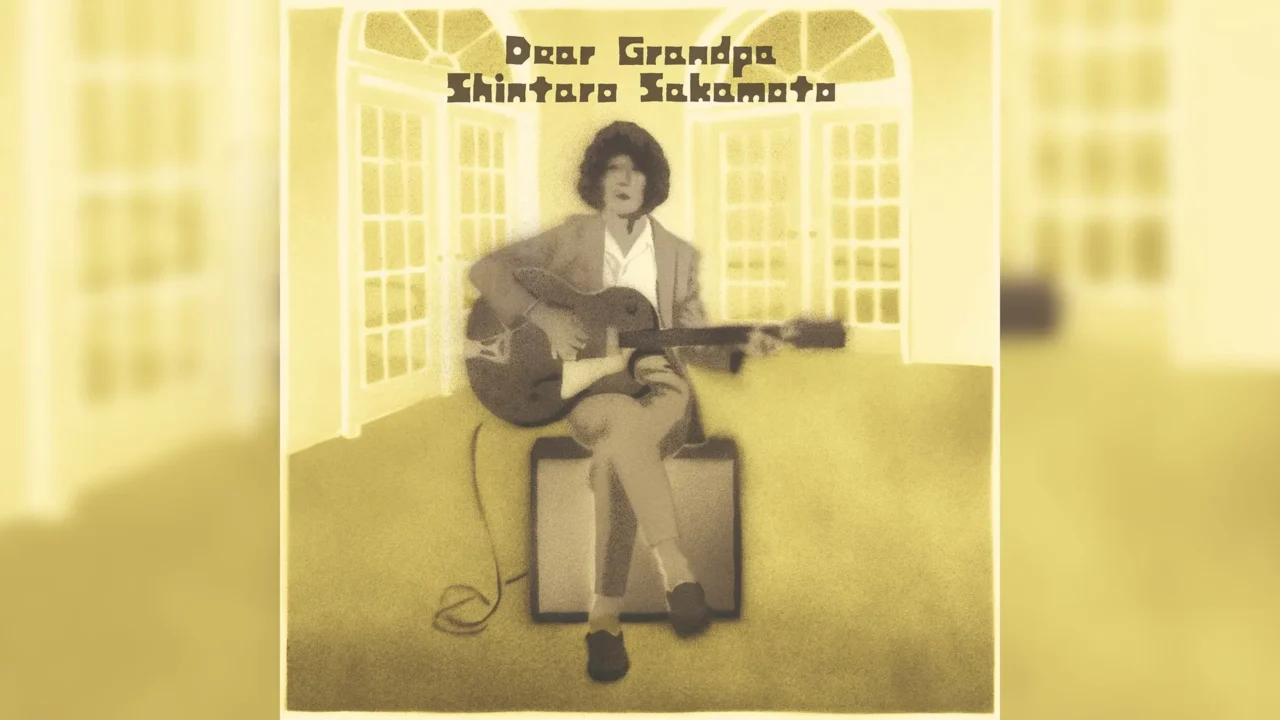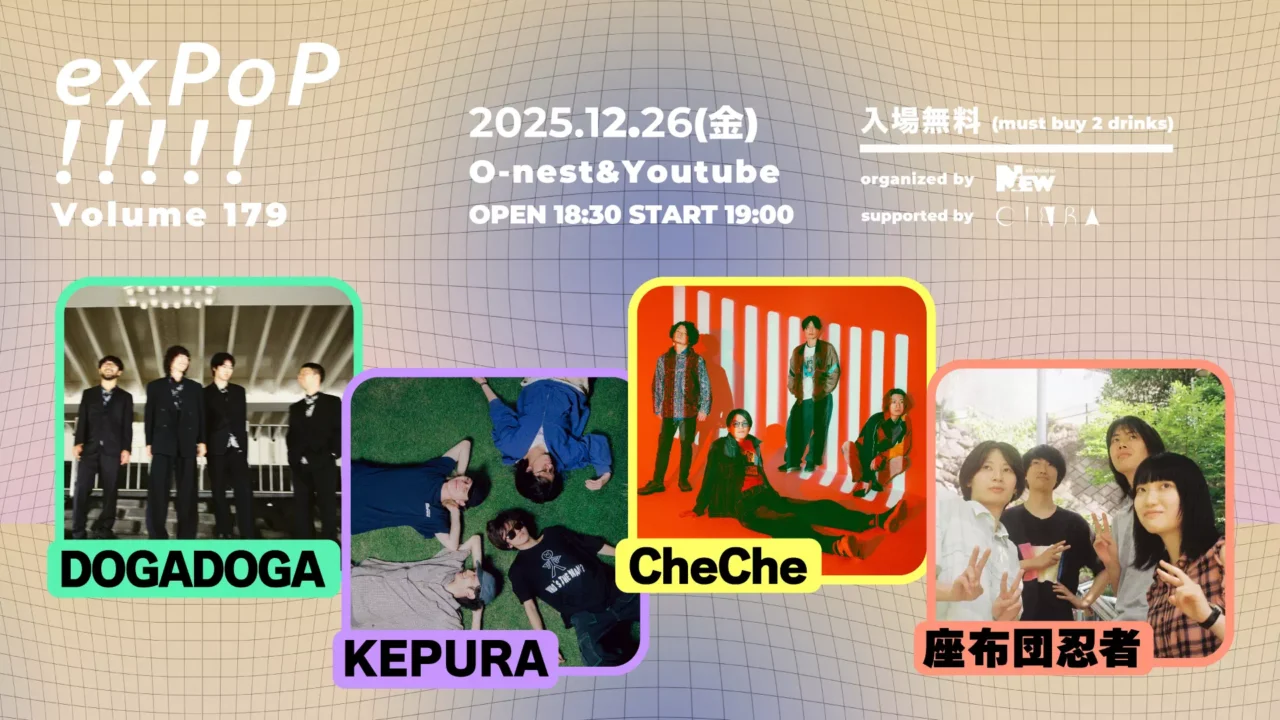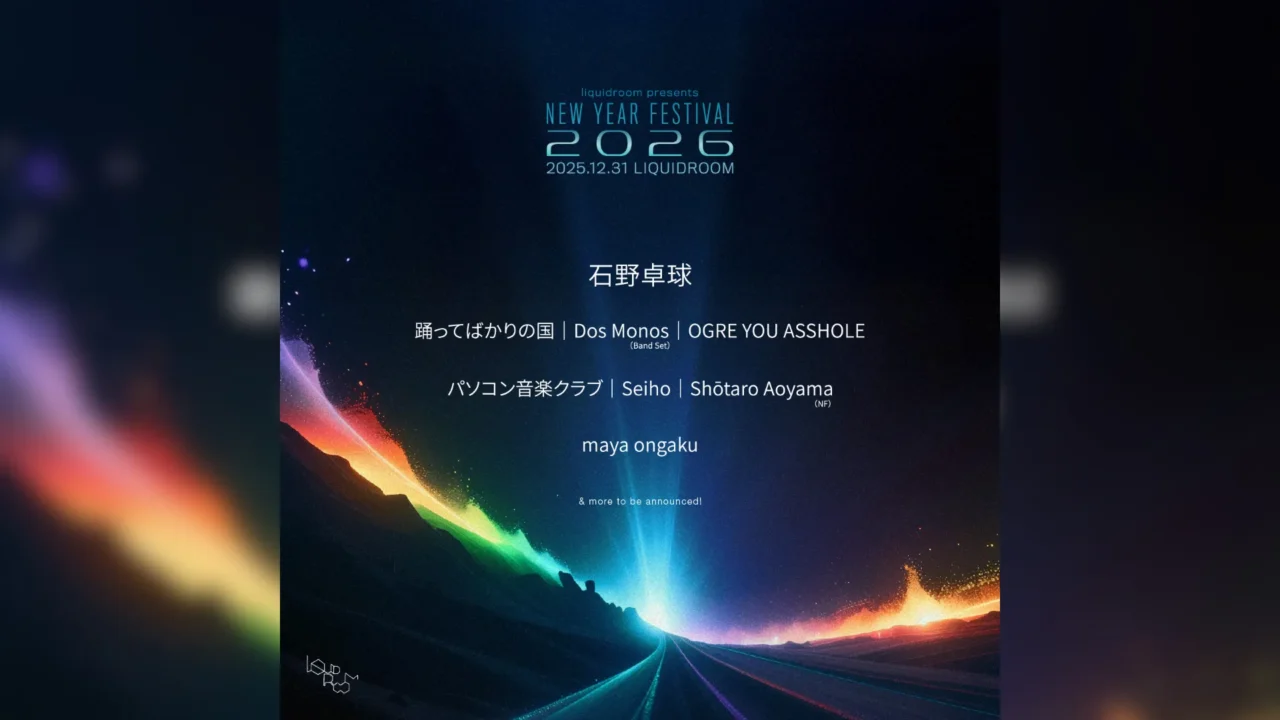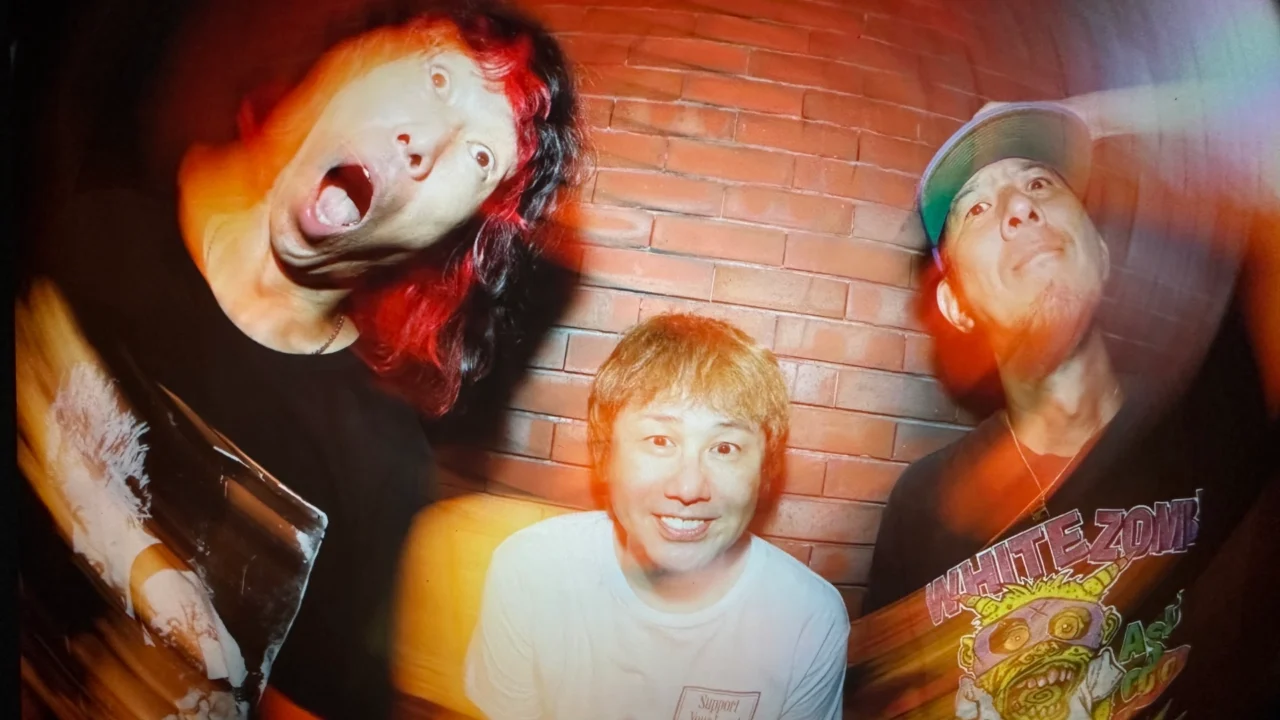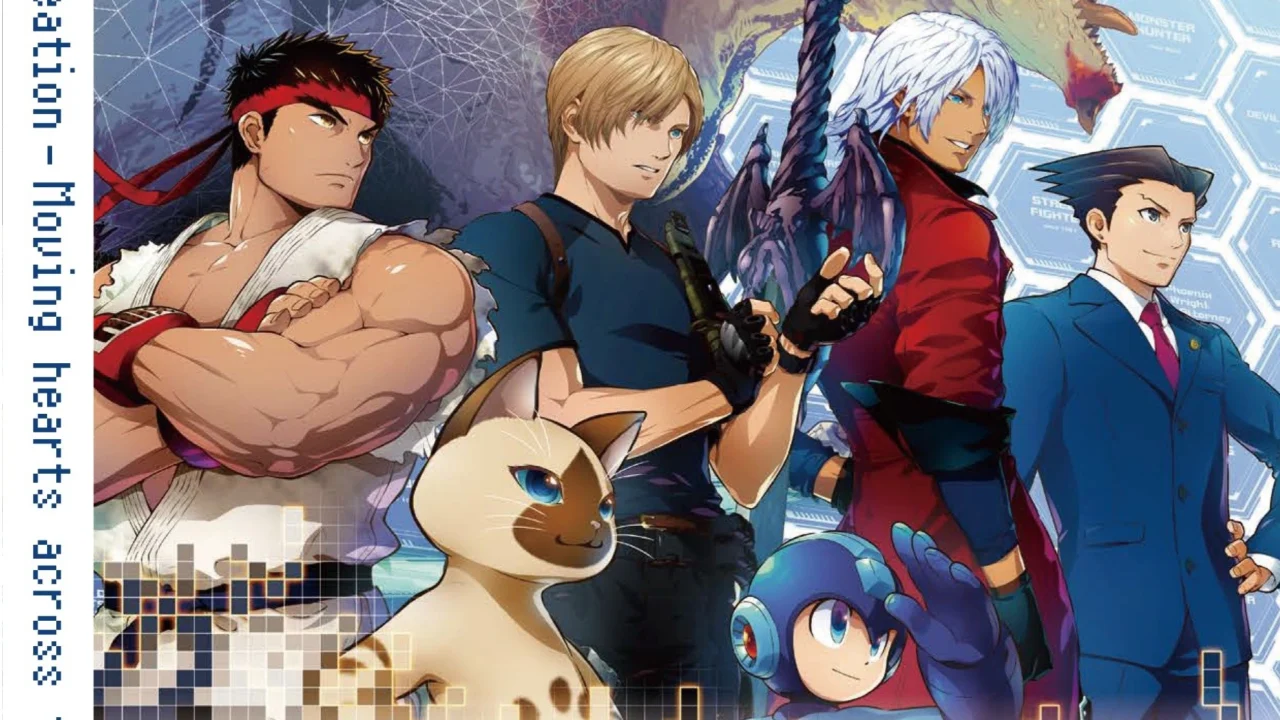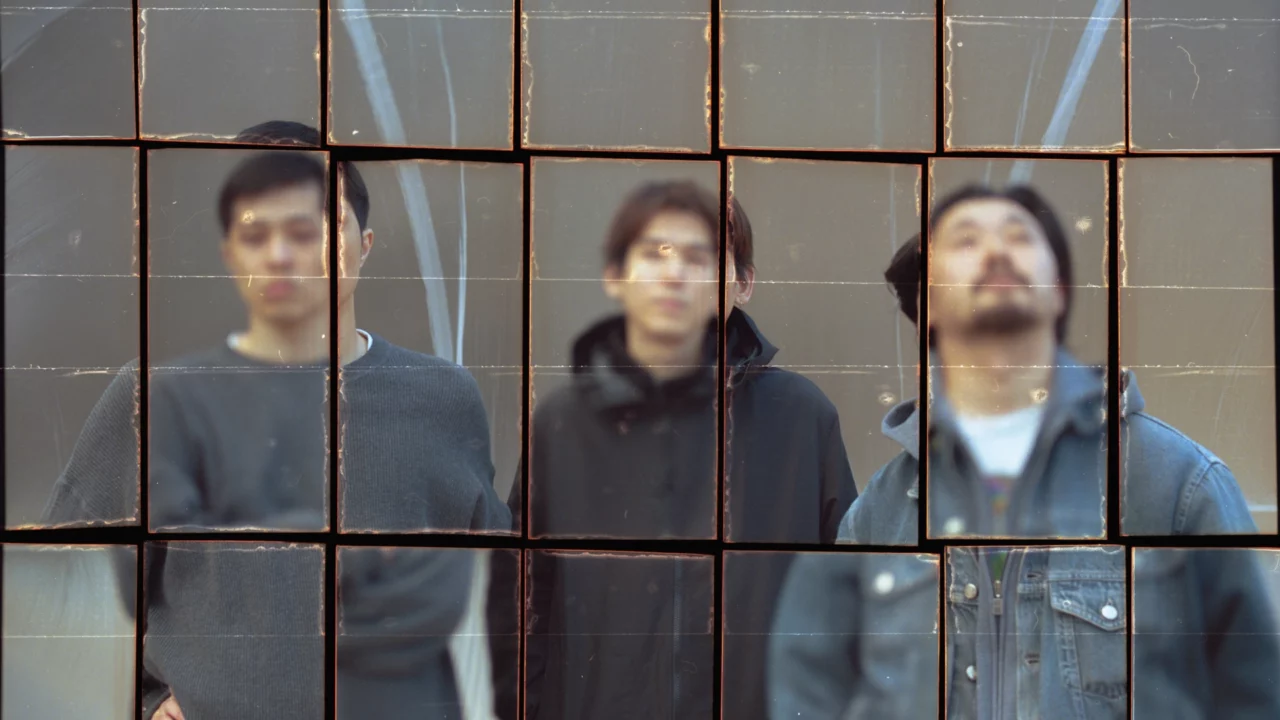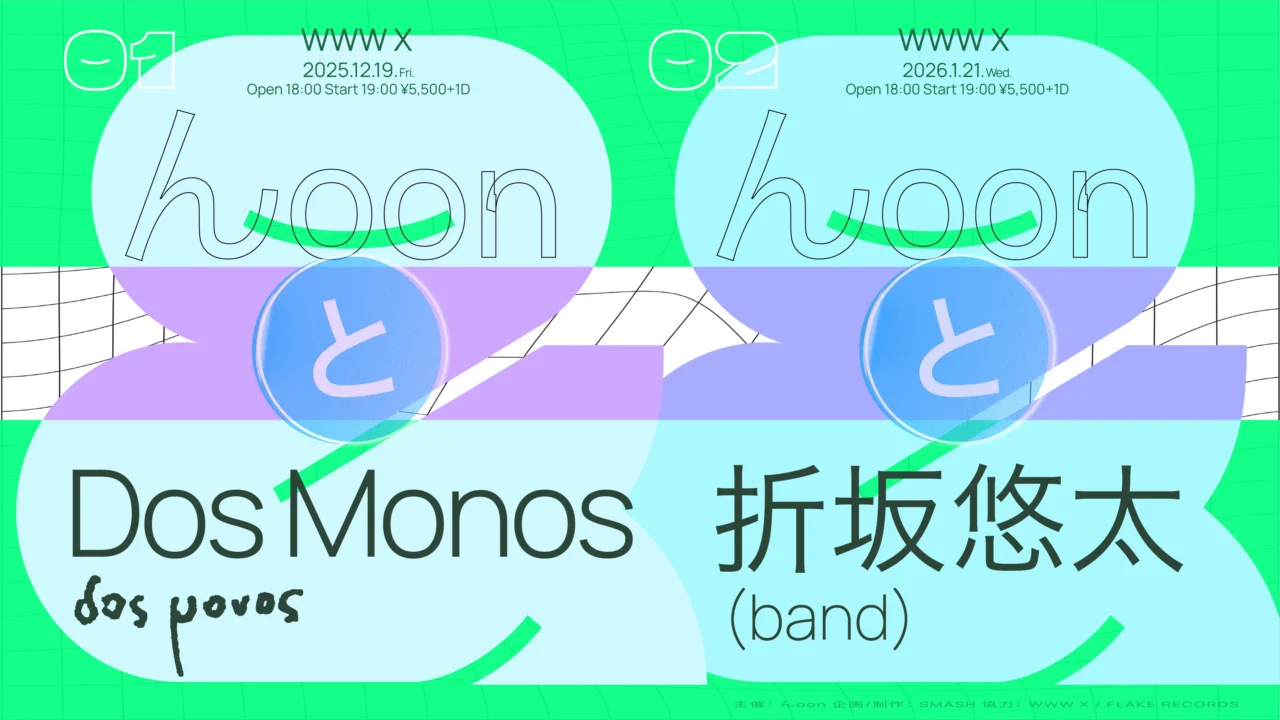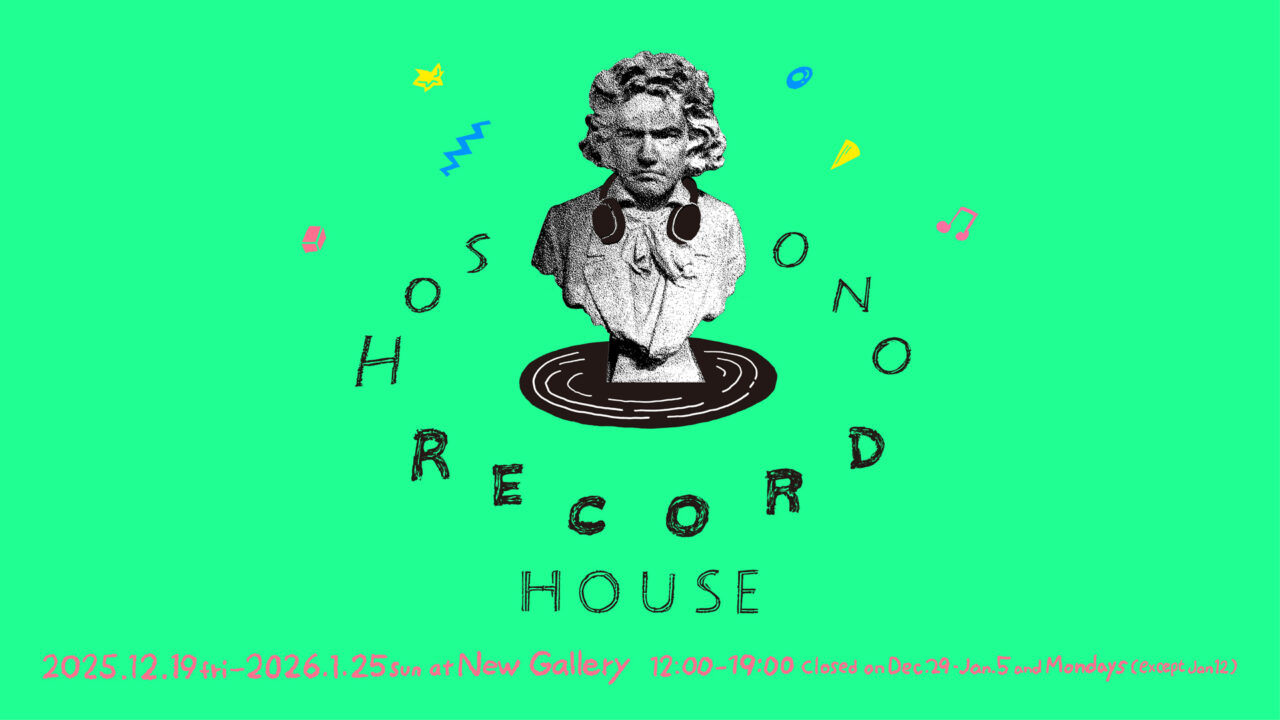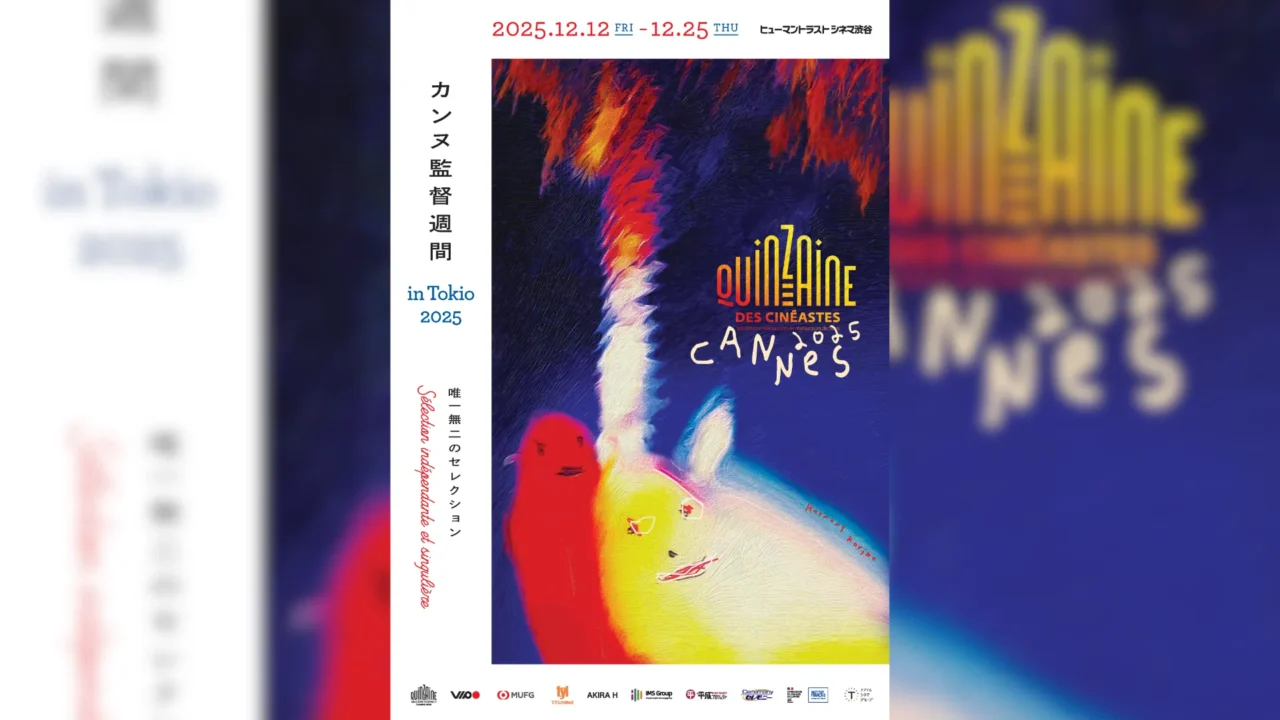INDEX
Why Ichiko Aoba Keeps Returning to Hateruma Island at Japan’s Southern Edge
Ichiko, you’ve been visiting Hateruma Island regularly since 2020, haven’t you?
Aoba: Yes, that’s right. My first trip was in the middle of summer, so I think it was August 2020. At the time, I was traveling around various islands in Okinawa and Amami while working on Adan no Kaze, and Hateruma was one of those islands.
What made you keep going back to Hateruma instead of the other islands?
Aoba: From the very first visit, I felt that it was different from the other islands. On places like Kudaka, Taketomi, or the Amami islands, it felt like I was just “allowed to visit for a while.” But Hateruma gave me a sense of “coming home.” I could feel a kind of pull from the island itself, and right from the start I knew it wasn’t a place you just visit for tourism or research and then leave.
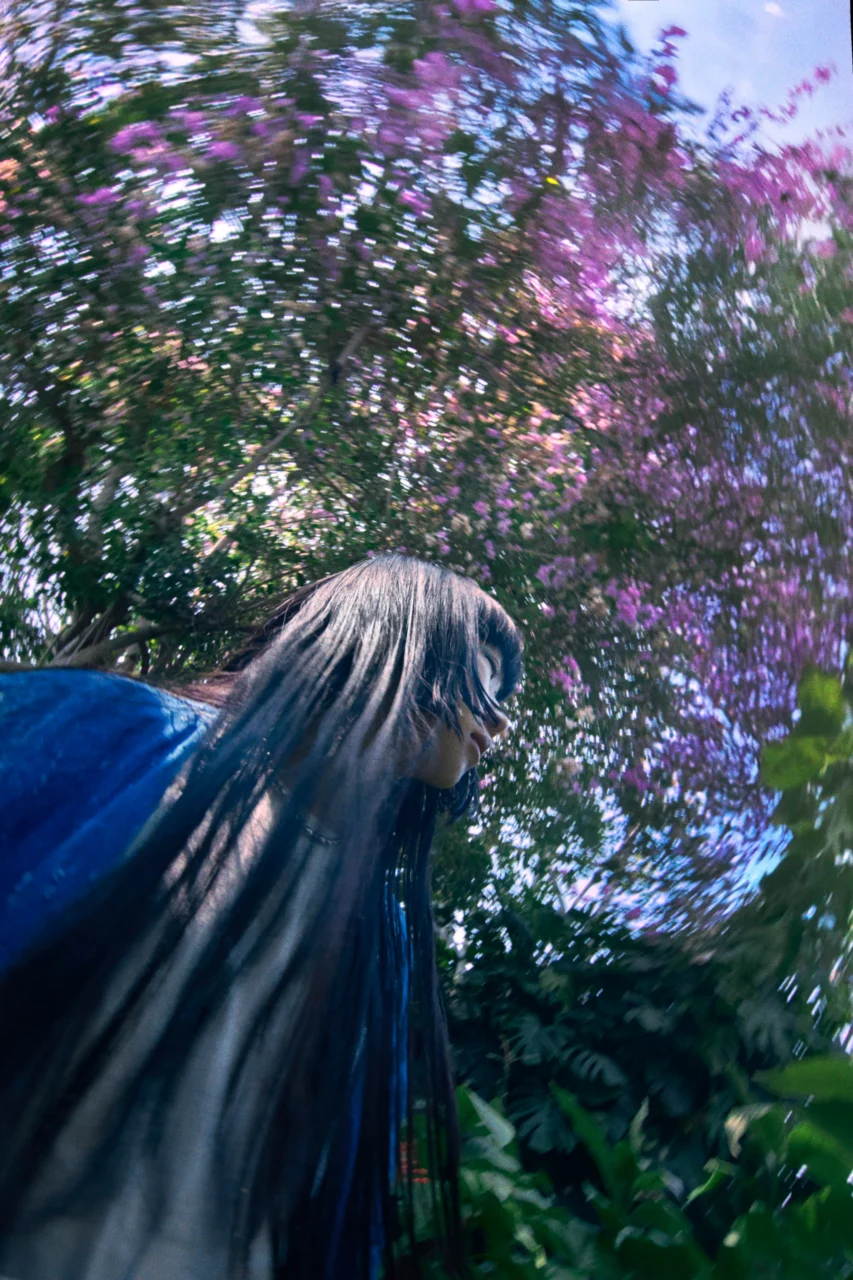
What kind of island is Hateruma?
Aoba: It’s a small island with a population of about 450, and you can circle it in 20 to 30 minutes by car. Since it’s a coral island, the soil drains well, and freshwater is supplied to each household by desalinating seawater. There are no buildings taller than two stories, so aside from the community center and the school, everything is low and flat, the island itself feels very flat. There are no large rivers, just small streams trickling through the forests.
Without rivers, farming must be challenging. It seems like a pretty harsh living environment. Do you think this has influenced the mindset or spirit of the islanders?
Aoba: I think it definitely has. People on Hateruma are very tough, and being so far from a larger island, you really need to be resilient to get by. Even if supply ships are delayed or there’s a power outage from a typhoon, many people find clever ways to manage and get through those situations.
So the harsh environment strengthens their survival instincts?
Aoba: Exactly. Watching the way they walk or speak, you can see that they have both strength and flexibility.




